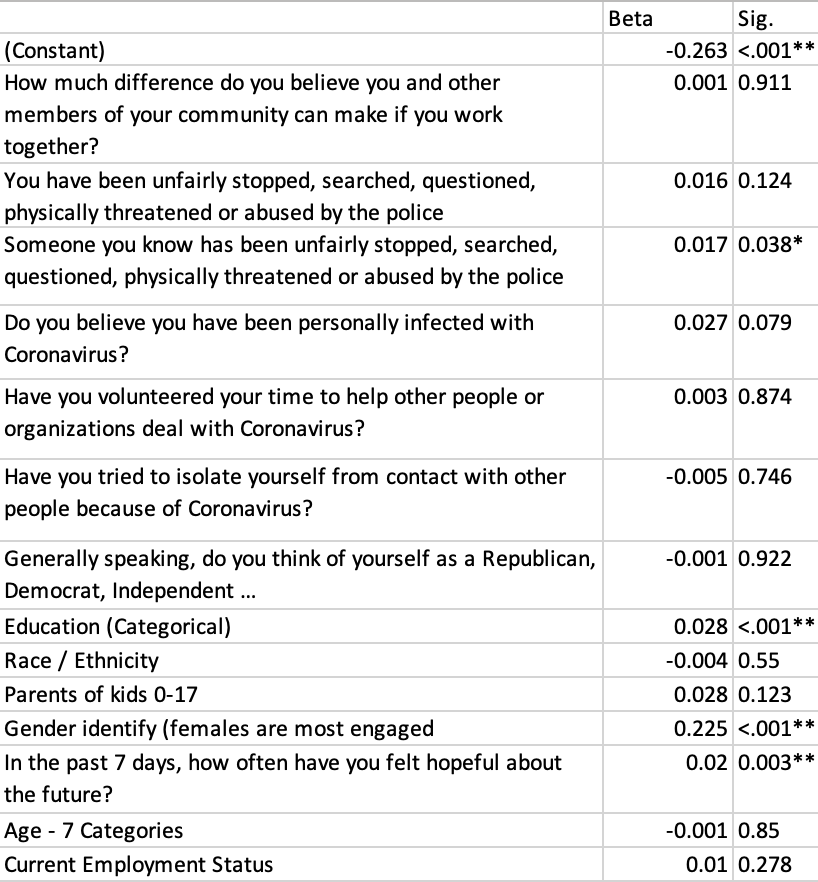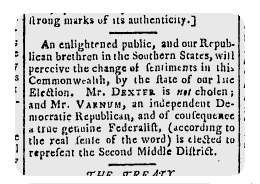The idea that liberty and equality are in tension has distinguished sources. As Danielle Allen wrote years ago,
By the Cold War, both communists and libertarians structured their ideas, to an important degree, around the tenet that there is “an Eternal Conflict” between liberty and equality, to quote the title of a 1960 article from the Freeman, a publication of the Foundation for Economic Education. Iconic thinkers on the right adopted the theme and built economic theories around it: Ludwig von Mises, Friedrich Hayek and Milton Friedman. But liberals and thinkers on the left — Isaiah Berlin, John Rawls and Ronald Dworkin — also assumed a basic opposition between liberty and equality, even if they sought to undo it.
On the left–that is, left of the liberals whom Allen named–it has been common to deny that equity and liberty are at odds. Karl Marx writes at least as vividly about freedom (or “emancipation”) as about equity, and anarchists are even more likely to see the two values as consistent. In today’s leftist social movements, people talk more about liberation than equity, and (in my experience) they often reject the suggestion that these may be rival goods. To some extent, they may define freedom or liberty differently from classical liberals, seeing it as something other than individual choice. But I also think that some contemporary leftists support the freedom of classical liberalism–freedom to do what you prefer–and believe that it is fully compatible with equity, or even depends on it.
I agree that these two goods do not have a zero-sum relationship. For one thing, it is possible to improve institutions so that they yield more freedom along with more equity. That can result from reducing corruption, rent-seeking, and discrimination and making institutions better at learning and more responsive to valid ideas and arguments.
Besides, it is unlikely that an ordinary increase in equity will cause a proportional decrease in freedom, or vice-versa. For instance, a 5-percent increase in a given tax will probably not cause liberty to lessen by some comparable measure. Taxing wealthy people to fund education and healthcare for poor people may even enhance the freedom of the latter without really affecting the former appreciably. Or it might not be helpful. The outcome is an empirical question; mileage may vary. I am just making the familiar point that there is no inevitable relationship.
Yet I do believe that the two goods conflict, and I think that sophisticated social democrats and left-liberals implicitly realize that. After all, the most impressive social democratic societies tolerate a great deal of inequality. They have social classes and social hierarchies, wealthy citizens and welfare recipients.
Sweden, for example, has a GINI coefficient of about 29. This is one of the lowest in the world, much lower than the USA’s 41.5. It nevertheless represents a great deal of inequality, which persists inter-generationally. Sweden stopped creating nobles in the 17th century. Despite the industrial revolution, emigration, democracy, and socialism, families whose names indicate noble heritage are still richer than other Swedes. Indeed, mobility is about the same in Sweden as in the USA when measured by the odds that children will attain different percentile rankings than their parents, although there is a smaller absolute gap between the richest and the poorest in Sweden.
At the same time, social democracies offer a lot of individual freedom. The conservative Heritage Foundation ranks Sweden 11th in the world in freedom, above the USA at 25. This example reinforces the point that freedom and equity do not simply trade off–Sweden does well on both dimensions. But it also reminds us that social democratic states are not very equitable, even though they are quite free.
To make Sweden much more equitable, as measured by the GINI coefficient or a metric of mobility, someone would have to take a lot of wealth away from the upper strata. Once everyone had the same wealth (or everyone had resources equally proportional to their needs), someone who have to keep that situation stable, intervening whenever individuals moved above the mean due to luck, talent, or anything else. That “someone” might be a state, which would face opposition and would have to use tools like police and prisons to accomplish its agenda. Or it might be an energized mass movement, like the mobilized workers of the Chinese Cultural Revolution (presuming those workers weren’t arms of the state). Either way, the force that accomplished equity and then policed it–I use the verb advisedly–would pose a threat to liberty. It would be coercive, probably violent, and certainly involved in everyone’s business all the time.
This is not an objection to the social democratic ideas of people like Bernie Sanders and Alexandria Ocasio-Cortez. These leaders want to increase taxes and regulations somewhat and increase government spending somewhat. They are also fierce defenders of specific liberties. I am sure they would oppose (on principled grounds) the amount of coercion, surveillance, and control necessary to accomplish real equity. They are in the liberal vein of Isaiah Berlin, John Rawls and Ronald Dworkin–the writers Allen named as proponents of a tradeoff between freedom and equity. They implicitly recognize this tradeoff and wouldn’t sacrifice much freedom to achieve equity.
In short, we can strive to have more equity and more liberty than we have now. That is the objective of left-liberals in the US. (State-capacity libertarians also share this goal, albeit with different practical assumptions.) However, we should not deny the conflict between equity and liberty when either is pushed near its limit. In those situations, I maintain that liberty is more important, which makes me a liberal. I would claim that Sanders and Ocasio-Cortez are also liberals, in this sense. Liberals should acknowledge that we are not radical egalitarians; we are just more egalitarian than most US elected officials are.
See also: explore equity and inequity in the USA; debating equity; defining equity and equality; sorting out human welfare, equity and mobility; better governments tend to be bigger; when social advantage persists for millennia; why some forms of advantage are more stubborn than others; the Nordic model; six types of freedom;



